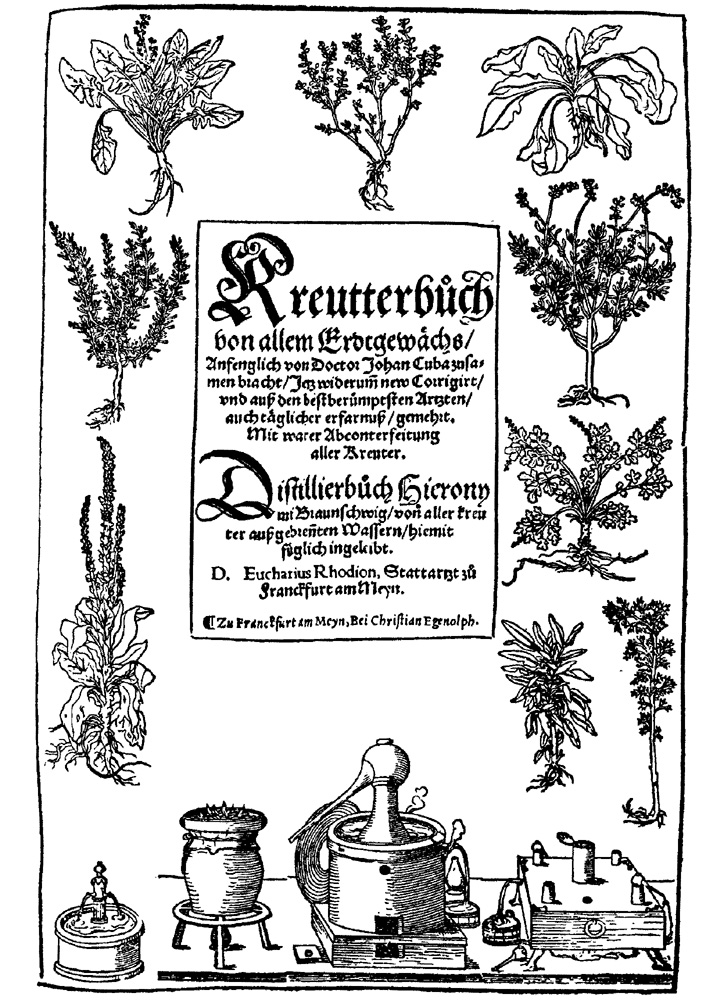Lady Bird Johnson said wildflowers “give us a sense of where we are in this great land of ours.”
Always the first full week of May, National Wildflower Week commemorates the colorful blossoms that bring our landscapes to life.
To celebrate this week, I encourage you to visit one of our area nature preserves, parks or trails to view the wildflowers now in bloom locally. Each day of this week-long celebration, I’ll feature a local native wildflower that you may find in bloom at this time.
To kick-off this week and for your self-guided search today, I suggest that you go looking for American Fly Honeysuckle (Lonicera canadensis). See below for my suggestions as to where locally you can find this native shrub.

Distinguishing Characteristics:
American Fly Honeysuckle is a deciduous shrub that grows from 2-5 feet tall. It is loosely branched, with relatively sparse, flexible, and irregularly placed branches. Main stems have light brown to brownish gray bark while the twigs are green to purplish. Older bark is brown to gray and often peeling in strips.
The leaves of American Fly Honeysuckle are simple, meaning that the leaves have a single, undivided blade and are light green in color. They are 1½ to 3½ inches long, 1-2” wide, and pointed at the tips. The leaves are opposite, emerging from the twig in pairs, directly across from one another. The margins (edges) of the leaves are toothless, but they are fringed with very fine hairs. Leaves are elliptical to egg-shaped, rounded to somewhat heart-shaped at the base, on a short stalk.
American Fly Honeysuckle produces paired flowers that are pale yellow sometimes tinged with purple and have 5 flaring triangular lobes. The fragrant tubular or funnel-shaped flowers, which are ½ to ¾ inch long, tend to hang downward emerging from the leaf axils near the tips of one-year-old branches.
American Fly Honeysuckle’s flowers are followed by fruit in the form of a divergent pair of bright red, oval berries, that are fused only at the base and suspended from the ends of long stalks. They are about ¼ inch long and point in opposite directions; they enclose several seeds.
Where Found:
It can tolerate shade or part shade and dry to moist sites. It is occasionally found in coniferous swamps or along streams. American Fly Honeysuckle is found in both hardwood stands and mixed forests. The ecological communities that host this species include spruce-northern hardwood forest and mountain spruce-fir forest. American Fly Honeysuckle usually occurs as isolated individual plants, rather than large colonies.
- Anchor Diamond Park at Hawkwood
- Ann Lee Pond Nature and Historic Preserve
- Shenantaha Creek Park
- Ushers Road State Forest
- Veterans Bike Path
- Veterans Memorial Park
- Zim Smith Trail
Ecological Significance:
In botany, there is a scale called the “Coefficient of Conservatism.” The scale represents how tolerant a plant is to human disturbances and how representative it is to a pre-settlement natural community of plants. Coefficients of conservatism (“C” or CoC values) are increasingly being used to prioritize natural areas for conservation as well as for the monitoring of outcomes of habitat restoration projects. Species least tolerant of human disturbance and with an affinity for high-quality native habitats are placed in category “10.” American Fly Honeysuckle is one of those species, indicating that it is likely restricted to remnant landscapes that have been disturbed little by human activity.

American Fly Honeysuckle is an important species to pollinators due to its early blooming period. Halictid bees suck nectar or collect pollen from American Fly Honeysuckle, while other bees (including long-tongued bees, such as Half-black Bumble Bee (Bombus vagans), Maine Blueberry Bee (Osmia atriventris), and Beardtongue Mason (Osmia distincta); and short-tongued bees, such as Macoupin Sweat Bee (Lasioglossum macoupinense), Cherry Miner (Andrena pruni), and Neighborly Miner (Andrena vicina)) and the Ruby-throated Hummingbird (Archilochus colubris) suck only nectar from its blooms. Bumblebees will often perforate the flower at its base to suck nectar.
American Fly Honeysuckle is the host plant of larvae of Snowberry Clearwing (Hemaris diffinis) and Hummingbird Clearwing Moth (Hemaris thysbe).
The fruits of honeysuckle species are consumed by a wide variety of birds, including American Goldfinch (Spinus tristis), American Robin (Turdus migratorius), Bluejay (Cyanocitta cristata), Cedar Waxwing (Bombycilla cedrorum), Gray Catbird (Dumetella carolinensis), Northern Cardinal (Cardinalis cardinalis), Northern Mockingbird (Mimus polyglottos), Purple Finch (Haemorhous purpureus), Ruffed Grouse (Bonasa umbellus), and White-throated Sparrow (Zonotrichia albicollis).
How to Grow Your Own:
The twin red fruits ripen in July, and must be collected before they are eaten by birds as noted above. Place the fruits in a small ziplock bag and squish to a mushy red pulp. Rinse seeds clean through a sieve, or by filling a bowl with water and pouring off the pulpy liquid. Sow immediately in a pot or seed bed, cover with coarse sand, and water regularly. Seeds usually germinate within a month.
Let seedlings grow in a protected environment for a year before transplanting into the landscape. American Fly Honeysuckle has a few simple requirements: humusy, well-drained soil, and cool shade. Full shade is not a necessity, but protection from strong afternoon sun in suggested.
To learn more about this native wildflower, please view my prior post What Wildflower Begins Blooming This Week? (April week 4), published on 4/23/2022.



